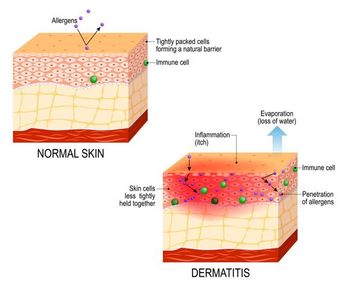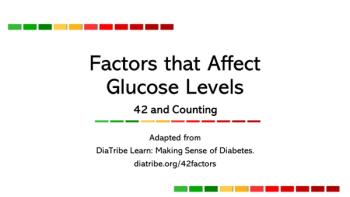
SIR: Partial and Complete Embolization of Uterine Fibroids Equally Effective
SEATTLE -- Cutting off blood flow to uterine fibroids alone by partial uterine arterial embolization appears to be as effective in treating fibroid symptoms as complete embolization of the uterine artery, according to a randomized study.
SEATTLE, March 5 -- Cutting off blood flow to uterine fibroids by partial uterine arterial embolization alone appears to be as effective in treating fibroid symptoms as complete embolization of the uterine artery, according to a randomized study.
There were virtually no differences in menstrual bleeding, patient satisfaction or pain between groups, Lindsay Machan, M.D., of the University of British Columbia in Vancouver, and colleagues, reported here at the Society of Interventional Radiology meeting.
The ability to do partial embolization has been a rallying point for newer and more expensive spherical embolization particles. They clump less, making them easier to control than the older nonspherical agents, including nonspherical polyvinyl alcohol particles (Contour) used in the trial.
Partial embolization is thought to result in less pain, fewer complications, and lower impact on sexual dysfunction and fertility, said Dheeraj K. Rajan, M.D., of the University Health Network and University of Toronto, who provided invited commentary during the session.
"But this is all based on a concept of what the embolization endpoint was, which has never been scientifically validated in any study," he said.
The study included 136 women with symptomatic fibroids who were randomized to undergo complete embolization or partial embolization.
Complete embolization was defined as injection of particles until complete lack of blood flow was seen in the uterine artery on fluoroscopic imaging. Partial embolization was defined as injection of particles until parenchymal blush of the fibroids disappeared, giving a "pruned tree appearance" on fluoroscopy.
Women in both groups had similar baseline characteristics (mean age 42.27 partial versus 44.28 complete). Six of the patients initially randomized were converted to partial embolization because of over-injection of particles, which left the groups imbalanced in size at 75 for complete and 61 for partial.
The researchers found no significant differences in objective outcomes on ultrasound at follow-up. The results for partial versus complete embolization were:
- Similar fibroid volumes at three months (46.5% versus 44.2%).
- Similar fibroid volumes at three years (44.3% versus 41.3%).
- Similar total uterine volume at three months (31.9% versus 33.0%).
- Similar total uterine volume at three years (39.4% versus 38.6%).
Subjective pain scores immediately after the procedure as well as analgesic medication use were likewise similar between groups.
Changes in menstruation scores on the Higham Menstrual Pictorial Diary were also generally similar between groups. For the partial and complete embolization groups respectively, the researchers reported:
- No significant difference in baseline scores (471.2 versus 367.3, P=NS).
- A marginally significant difference indicating heavier periods in the partial embolization group at one year (144.1 versus 115.4, P=0.045).
- No significant difference at four years (76.5 versus 63.2, P=0.05) that became even less significant when adjusting for outliers (P=0.12).
The proportion who reported menopause onset within six months of the procedure was similar (6.6% versus 5.3%, P=NS) as was the percentage who reported it within four years (19.7% versus 17.3%, P=NS).
The number who went on to have a hysterectomy was numerically, but not significantly higher among those who had a complete embolization procedure (9.3% versus 4.9%, P=NS).
General well-being scores on the Short Form-36 questionnaire were similar between groups at around 70% to almost 90% at various points during follow-up. The number who would "strongly" or "somewhat" recommend their procedure to others was high and similar between groups.
"Our preconceived notion of what the endpoint is with nonspherical particles may be incorrect," concluded Dr. Rajan, "and partial embolization where you are still retaining vascularity in the main uterine artery but losing vascularity to the fibroids is just as effective as complete embolization."
However, he noted that 80% to 90% of uterine fibrioids are treated with hysterectomy rather than either type of interventional radiology procedure. Decreasing the perceived subjectivity of the less invasive procedures may increase adoption of uterine embolization, he added.
Newsletter
Enhance your clinical practice with the Patient Care newsletter, offering the latest evidence-based guidelines, diagnostic insights, and treatment strategies for primary care physicians.

































































































































































































































































































